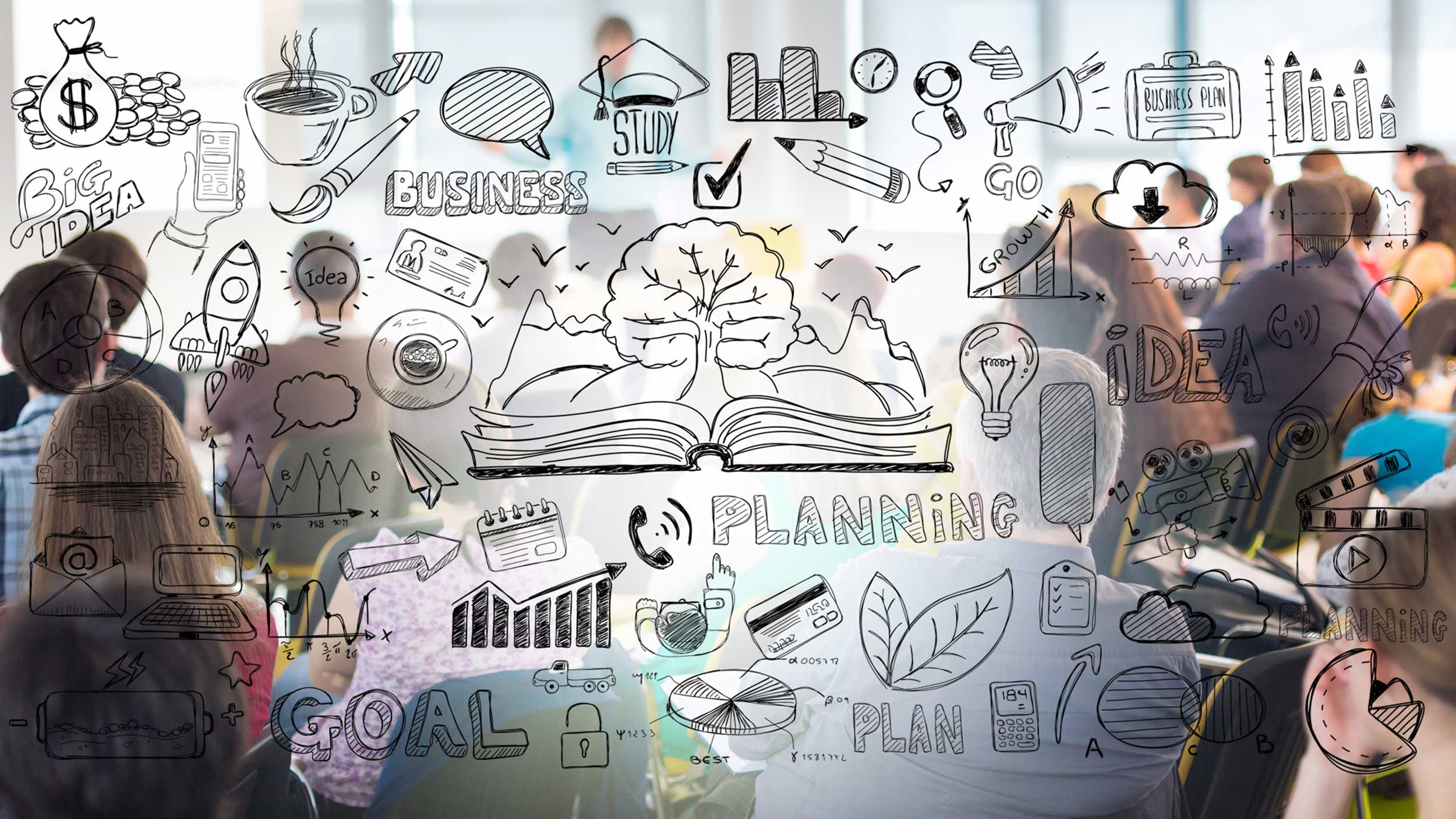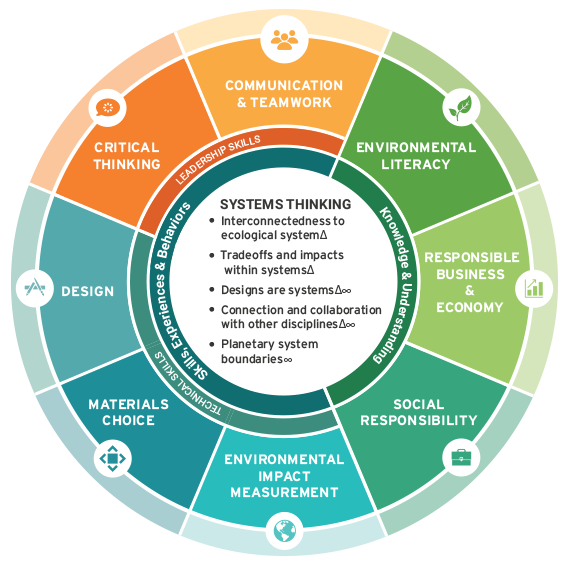Environmental consciousness guides new education endeavor
 BY SONA SRINARAYANA
BY SONA SRINARAYANA
Oct 2, 2020

Engineering shapes almost every facet of how humans live, putting pressure on engineers to constantly deliver new and better solutions to social and technological challenges. But what are the environmental consequences of these solutions?
Many of today’s global environmental threats are exacerbated by technologies, products, infrastructures and services engineers develop.
With support from the Lemelson Foundation, new research in the Ira A. Fulton Schools of Engineering at Arizona State University will teach engineering students to avoid these unintended environmental impacts.
Academic leaders today are advocating for a shift in engineering education and are developing methods to better equip students with the proficiencies needed to effectively navigate sustainable engineering solutions and build a more environmentally conscious culture.
The Lemelson Foundation in partnership with VentureWell has developed a global initiative called Engineering for One Planet, or EOP, with the mission of accelerating environmental and socially conscious engineering.

Darshan Karwat
Motivated by the environment of innovation fostered at ASU and the capabilities it has to rapidly develop new curriculum on a large scale, the Lemelson Foundation invited The Polytechnic School, one of the six Fulton Schools at ASU, to apply for one of the grants to help pursue the initiative’s goal. Four additional educational institutions have also been selected to participate in the project.
Darshan Karwat, an assistant professor of engineering at The Polytechnic School, as well as ASU’s School for the Future of Innovation in Society of the College of Global Futures, is leading the only project-based learning grant. Karwat has launched a pilot program of the Environmentally Responsible Engineering, or ERE, framework.
The EOP initiative has the support of stakeholders in academia, industry, government and philanthropic organizations that are encouraging systemic change in engineering education across the country.
The initiative also stems from a broader demand from nonprofit organizations like the National Academy of Engineering, the Accreditation Board for Engineering and Technology, the American Society of Mechanical Engineers and other organizations advocating for a reformed engineering curriculum.
Karwat, along with co-principal investigator Adam Carberry, an associate professor for the engineering education systems and design program at The Polytechnic School, and collaborators Ira Bennett, the associate director for research for the School for the Future of Innovation in Society and Philip White, an associate professor in the Herberger Institute for Design and the Arts, have modified the curriculum of a core course — EGR 201: Use-Inspired Design I — as a vehicle to deliver ERE content to students across multiple engineering disciplines.
“We want to use the current project-based course spine at The Polytechnic School to systematically and consistently instill the idea in all engineering students that thinking about environmental protection and responsibility is core to doing engineering well,” Karwat says.
“We are exploring how the ERE framework can be delivered to students at different points across the four-year curriculum so it hits on most, if not all, aspects of the framework,” he says.

“One of our goals with embedding the ERE framework is to instill in our students a recognition that their designs go beyond the technical specifications,” says Carberry, who has been teaching the course since 2011. “The design process should always include discussions around how a solution can potentially impact the environment, alongside other nontechnical considerations like economical, societal and cultural impacts.”
The project will be monitored and evaluated by the College Research and Evaluation Services, or CREST, at ASU. CREST has expertise in evaluating STEM education grants and can provide resources and technology to support the project.
Second-year project goals include sharing the initiative and findings with the other Fulton Schools and throughout the entire ASU community. Eventually those findings will be shared across the nation through a series of seminars and workshops.
To accelerate curriculum modifications and take advantage of the extensive support the environmental consciousness movement has generated, these projects will rely heavily on a collaborative approach in which participants can share ideas, best practices and gain new perspectives.
“Our ever-changing world has made it that much more important to ensure that our students, the future engineering workforce, are considering the sustainability of their designs,” Carberry says. “We have grown immensely as a society in the level to which we recognize the impact our solutions can have on the world.”
Researchers
Darshan Karwat
Assistant Professor
The Polytechnic School
Adam Carberry
Assistant Professor
The Polytechnic School
Philip White
Assistant Professor
The Design School
You may also like
Vijay Vittal: 15 years of energizing power systems engineering
Vijay Vittal is ending his tenure as director of the Power Systems Engineering Research Center after an impactful 15 years of modernizing the electric grid.
ASU engineering student wins stellar intern award
Graduate student Janani Anand won the HP Intern-Stellar award for her work on a new technology: Wi-Fi signature profiling.
Putting people into the engineering equation
Research at the intersection of psychology and engineering is critical as our high-tech tools become smarter and more powerful.
Abbas, Friesen earn elevated status among academic inventors
The National Academy of Inventors has named two Fulton Schools faculty members to the August 2020 class of NAI senior members.


